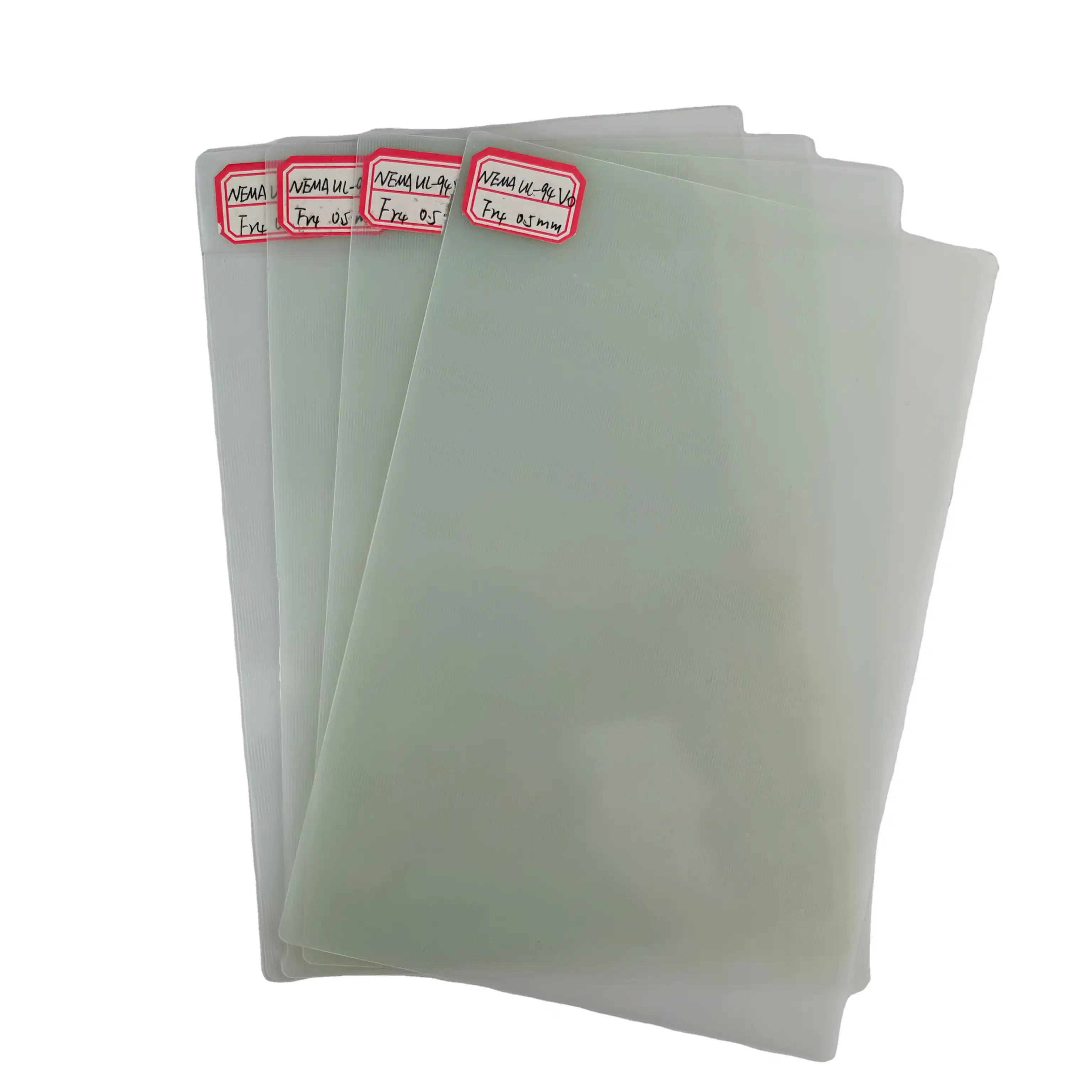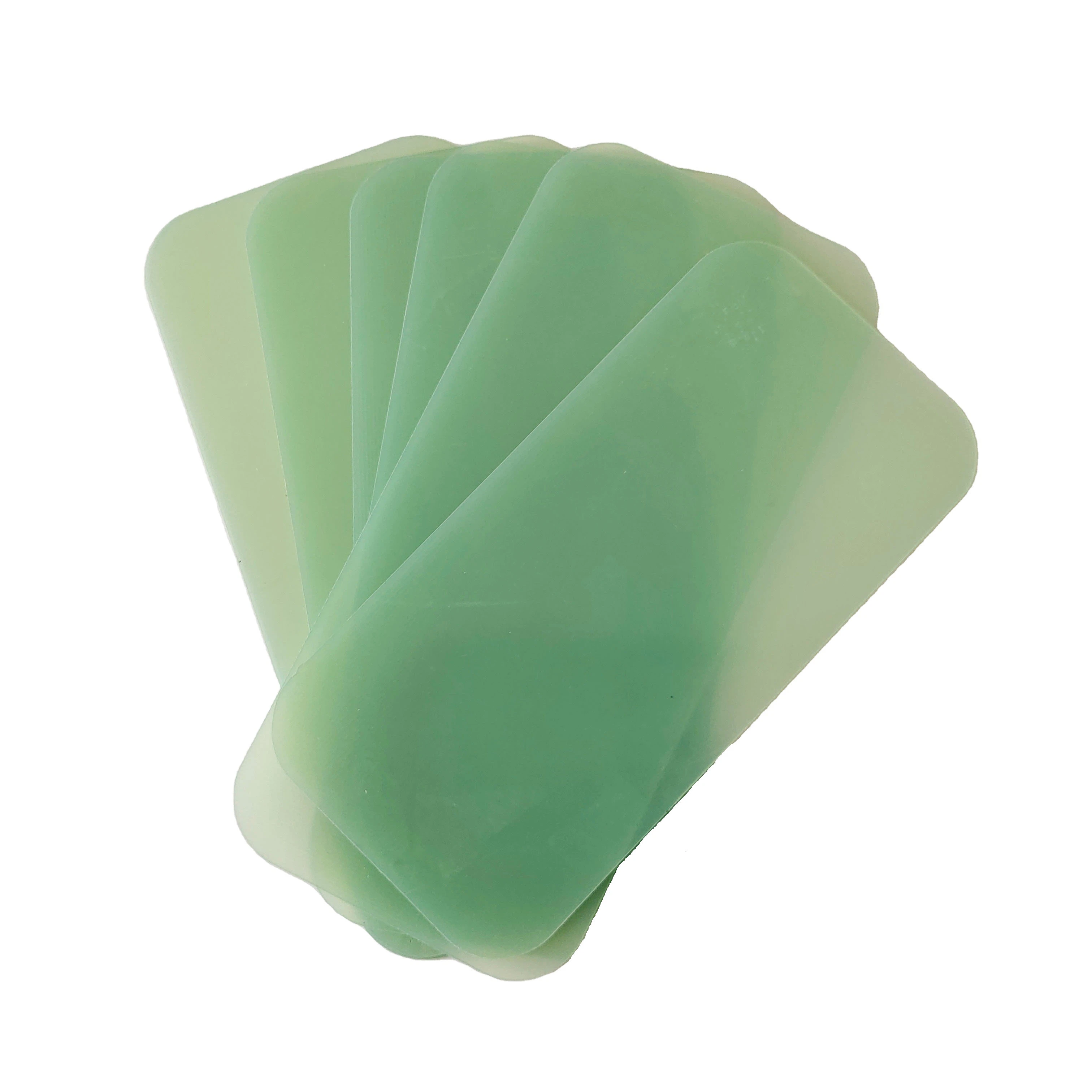Insulation material heat-resistant grade
2025-01-21 16:15:42
Insulation material heat-resistant grade refers to the ability of insulating materials to withstand high temperatures while maintaining their protective properties. These materials are classified based on their maximum operating temperature, with grades ranging from low to ultra-high heat resistance. The heat-resistant grade is crucial for selecting appropriate insulation in various applications, including industrial processes, construction, and aerospace. Factors such as thermal conductivity, density, and chemical composition determine a material's heat-resistant grade. Common high-temperature insulation materials include ceramic fibers, mineral wool, and advanced aerogels, each offering unique benefits for specific temperature ranges and environmental conditions.
Understanding Heat-Resistant Insulation Materials
Classification of Heat-Resistant Grades
Heat-resistant insulation materials are categorized into several grades based on their maximum operating temperatures. Low-grade materials can withstand temperatures up to 200°C, while medium-grade insulations are effective up to 500°C. High-grade insulations maintain their properties at temperatures ranging from 500°C to 1000°C. Ultra-high temperature insulations, capable of withstanding temperatures above 1000°C, are used in extreme environments such as furnaces and aerospace applications.
Key Properties of Heat-Resistant Insulation
The effectiveness of heat-resistant insulation materials depends on several key properties. Thermal conductivity, which measures the rate of heat transfer through the material, is crucial for determining insulation efficiency. Low thermal conductivity is desirable for better heat resistance. Density plays a role in the material's structural integrity and insulating capacity. Chemical stability at high temperatures is essential to prevent degradation or release of harmful substances. Additionally, factors such as fire resistance, acoustic properties, and moisture resistance contribute to the overall performance of heat-resistant insulation.
Applications Across Industries
Heat-resistant insulation materials find applications in diverse industries. In the construction sector, they are used in building envelopes, HVAC systems, and fire protection. Industrial applications include insulation for boilers, furnaces, and high-temperature piping. The aerospace industry relies on advanced heat-resistant materials for thermal protection systems in spacecraft and aircraft engines. Other sectors benefiting from these materials include automotive, energy production, and electronics manufacturing.
Advanced Materials in Heat-Resistant Insulation
Ceramic Fiber Insulation
Ceramic fiber insulation is a popular choice for high-temperature applications. Made from alumina and silica, these materials offer excellent thermal insulation properties and can withstand temperatures up to 1600°C. Ceramic fibers are lightweight, resistant to thermal shock, and have low heat storage capacity. They are commonly used in industrial furnaces, kilns, and high-temperature process equipment. The fibers can be formed into various shapes, including blankets, boards, and moldable products, providing versatility in application methods.
Aerogel-Based Insulation
Aerogels represent a cutting-edge class of insulation materials. These ultralight substances consist of up to 99.8% air, making them excellent thermal insulators. Silica aerogels, in particular, exhibit remarkably low thermal conductivity and can operate effectively at temperatures ranging from cryogenic levels to over 650°C. Their unique structure allows for superior insulation performance with minimal thickness, making them ideal for space-constrained applications. Aerogel-based insulation finds use in oil and gas pipelines, aerospace, and building insulation where maximum thermal efficiency is required.
High-Temperature Resistant Polymers
Advancements in polymer science have driven to the improvement of heat-resistant polymeric insulation materials. Polyimides, for occasion, can withstand ceaseless utilize at temperatures up to 250°C and short-term introduction to indeed higher temperatures. These materials combine amazing thermal stability with great mechanical properties and chemical resistance. High-temperature resistant polymers are utilized in electronic components, wire and cable insulation, and aviation applications where a combination of heat resistance and lightweight properties is significant.

Selecting and Implementing Heat-Resistant Insulation
Factors Influencing Material Selection
Choosing the appropriate heat-resistant insulation material involves considering multiple factors. The operating temperature range is the primary consideration, ensuring the material can withstand the maximum expected temperature with a safety margin. Environmental conditions, such as exposure to chemicals, moisture, or mechanical stress, must be evaluated. Cost-effectiveness, including initial material cost and long-term energy savings, plays a significant role in selection. Additionally, ease of installation, maintenance requirements, and compatibility with existing systems should be taken into account to ensure optimal performance and longevity of the insulation system.
Installation Techniques and Best Practices
Proper installation is crucial for maximizing the effectiveness of heat-resistant insulation. Techniques vary depending on the material and application but generally involve careful handling to prevent damage to the insulation. For fibrous materials like ceramic fiber blankets, proper layering and compression are essential to eliminate air gaps and ensure uniform coverage. Rigid insulation boards often require precise cutting and fitting to conform to complex shapes. In all cases, attention to sealing joints and penetrations is critical to prevent thermal bridging. Adherence to manufacturer guidelines and safety protocols, particularly when dealing with high-temperature materials, is paramount for both performance and worker safety.
Maintenance and Performance Monitoring
Maintaining the integrity of heat-resistant insulation is essential for long-term performance. Regular inspections should be conducted to identify signs of degradation, such as cracking, settling, or moisture infiltration. Thermal imaging can be employed to detect hot spots or areas of reduced insulation effectiveness. In industrial settings, monitoring of energy consumption and process temperatures can provide insights into insulation performance over time. Prompt repair or replacement of damaged insulation is crucial to maintain system efficiency and safety. Additionally, keeping accurate records of insulation materials, installation dates, and maintenance activities aids in long-term management and future upgrades of insulation systems.
Conclusion
Heat-resistant insulation materials play a essential part in various businesses, advertising critical thermal protection and energy productivity. The choice of appropriate insulation grades requires cautious thought of working conditions, material properties, and long-term execution necessities. As technology progresses, new materials and methods proceed to emerge, pushing the boundaries of heat resistance and insulation productivity. By understanding the characteristics, applications, and best practices related with heat-resistant insulation, businesses can optimize their forms, upgrade security, and contribute to overall energy preservation endeavors.
Contact Us
For more information about our high-quality insulating sheets (FR4 sheet,3240 epoxy sheet,bakelite board,phenolic cotton sheet)and heat-resistant materials, we invite you to reach out to our experienced team. With over two decades of expertise in manufacturing and global trade, we are committed to providing superior products and services tailored to your specific needs. Contact us today at info@jhd-material.com to discover how our insulation solutions can benefit your projects.
References
1. Johnson, R. K., & Smith, A. B. (2019). Advanced Heat-Resistant Materials for Industrial Applications. Journal of Thermal Engineering, 45(3), 287-301.
2. Zhang, L., et al. (2020). Ceramic Fiber Insulation: Properties, Manufacturing, and Applications. Advanced Ceramics Review, 12(2), 156-170.
3. Brown, M. E. (2018). Aerogels in High-Temperature Insulation: A Review. Journal of Porous Materials, 25(4), 1023-1039.
4. Patel, S., & Garcia, R. (2021). Heat-Resistant Polymers: Synthesis, Characterization, and Industrial Applications. Polymer Science and Technology, 33(1), 78-95.
5. Thompson, J. D., & Lee, Y. S. (2017). Selection Criteria for High-Temperature Insulation Materials in Industrial Processes. Industrial Insulation Quarterly, 8(2), 112-128.
6. Wilson, C. M., et al. (2022). Performance Monitoring and Maintenance of Heat-Resistant Insulation Systems. Energy Efficiency in Industrial Processes, 17(4), 345-360.


_1732777843529.webp)




